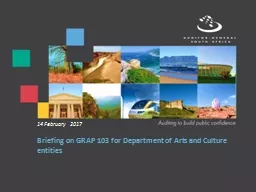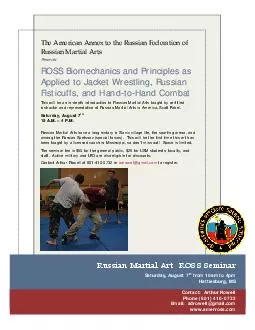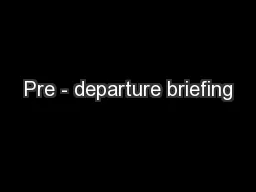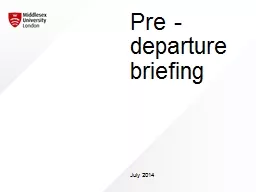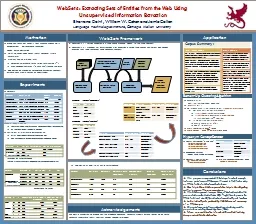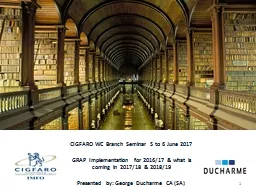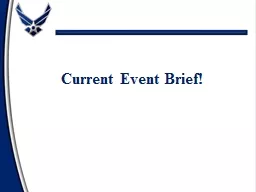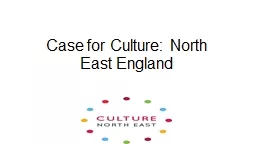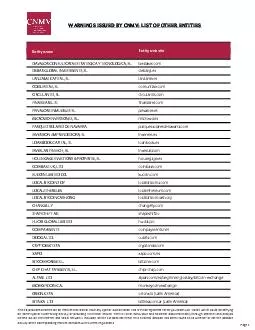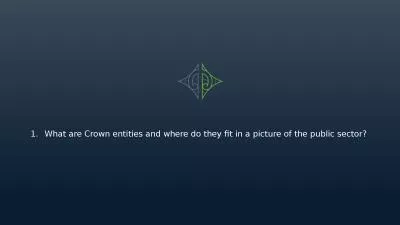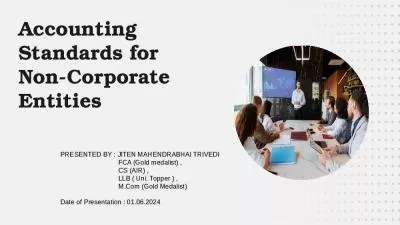PPT-Briefing on GRAP 103 for Department of Arts and Culture entities
Author : karlyn-bohler | Published Date : 2018-12-19
14 February 2017 Our reputation promisemission The AuditorGeneral of South Africa has a constitutional mandate and as the Supreme Audit Institution SAI of South
Presentation Embed Code
Download Presentation
Download Presentation The PPT/PDF document "Briefing on GRAP 103 for Department of A..." is the property of its rightful owner. Permission is granted to download and print the materials on this website for personal, non-commercial use only, and to display it on your personal computer provided you do not modify the materials and that you retain all copyright notices contained in the materials. By downloading content from our website, you accept the terms of this agreement.
Briefing on GRAP 103 for Department of Arts and Culture entities: Transcript
Download Rules Of Document
"Briefing on GRAP 103 for Department of Arts and Culture entities"The content belongs to its owner. You may download and print it for personal use, without modification, and keep all copyright notices. By downloading, you agree to these terms.
Related Documents

